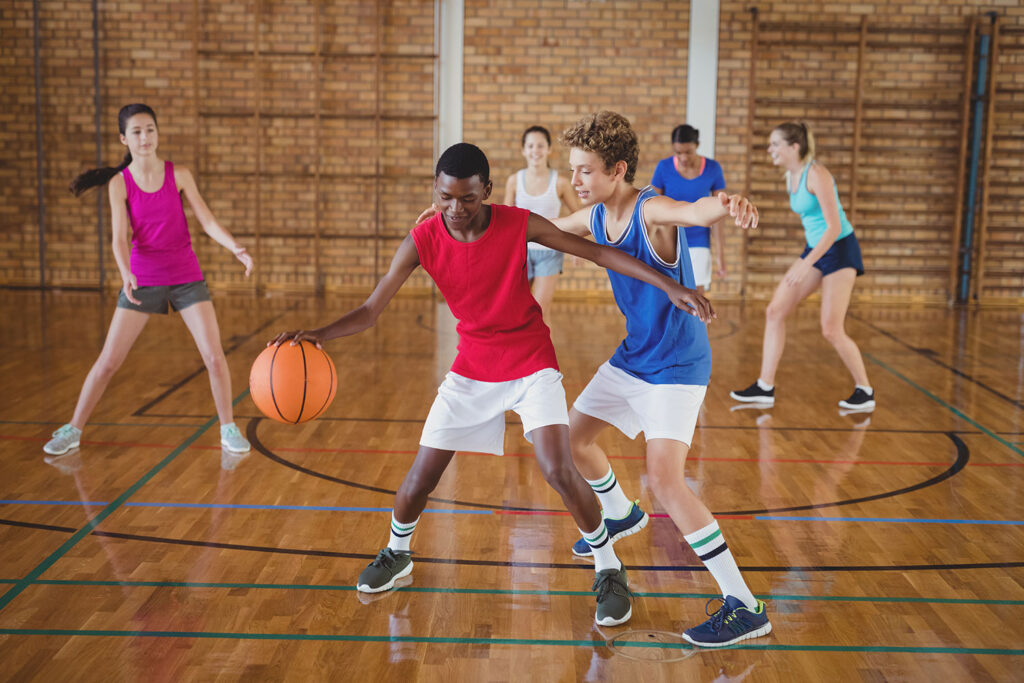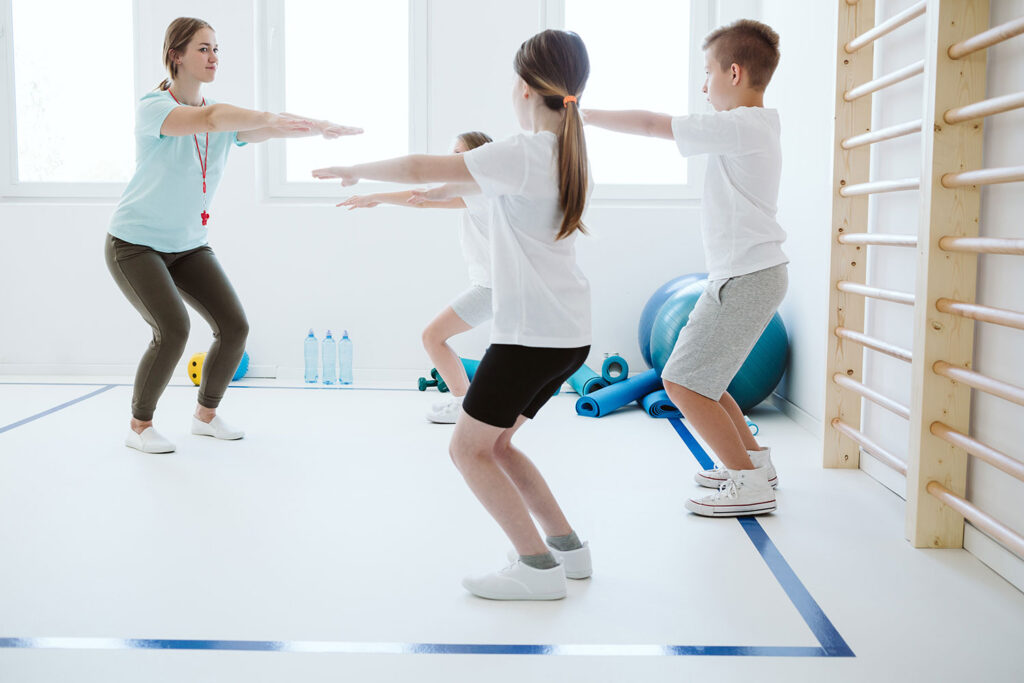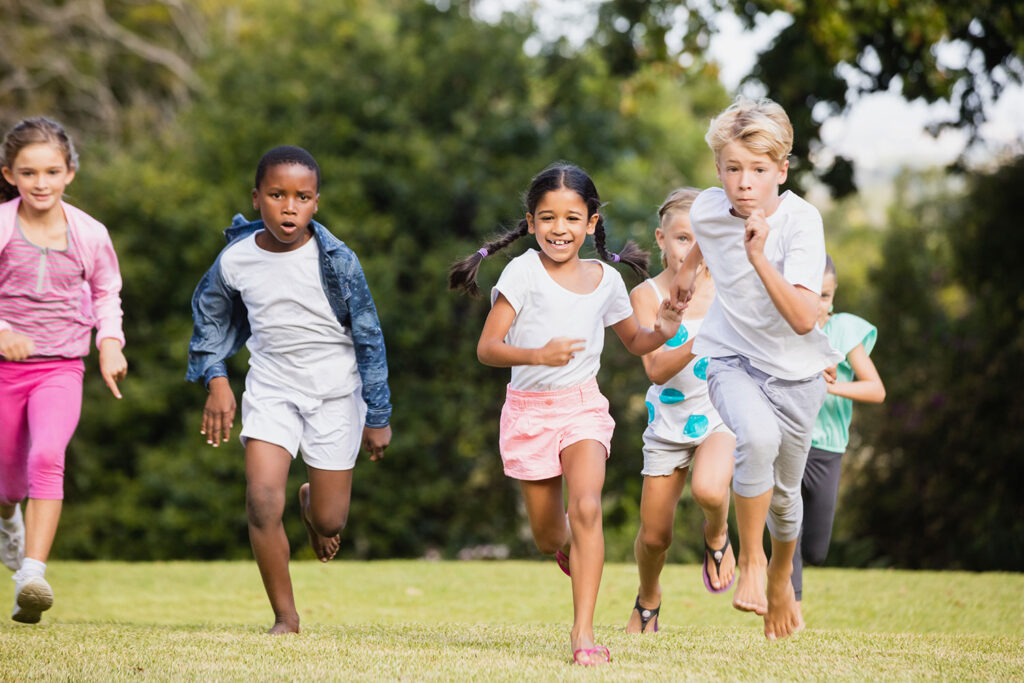In April of this year we, your favorite integrative pediatricians and trusted medical home in the Denver metro area, did a blog addressing the stressful impact the past almost two years have had on everyone and providing suggestions from our Naturally Healthy Kids handbook (available on Amazon) for at-home, integrative therapies and simple parenting techniques for managing children’s stress. We hope the information provided has been useful to you and your kiddos as you’ve navigated the continuing pandemic, the beginning of the school year and any other stressful events in your family’s life! Unfortunately, as we all know, not much has happened to change stress levels since the publication of that prior blog. With our holistic approach to integrative pediatric care, we hope it is obvious that we care a great deal about your child’s mental health and will always support you in this very important aspect of your child’s well-being. In that spirit, we’d like to circle back at this time to focus on a very effective, and easy, stress reducer mentioned in our April blog–physical activity!
As you probably already know, physical activity in kids of all ages improves strength and endurance, builds healthy bones and lean muscles, develops motor skills and coordination, and reduces fat. Furthermore, physical activity promotes emotional well-being through the release of endorphins that contribute to a feeling of well-being and help reduce stress. As pediatricians and parents ourselves, we know how active children can be naturally–their innate energy and curiosity can even keep them on the move to the point of exhaustion at times! Unfortunately, the pandemic and its accompanying impacts, including increased reliance on electronic media, have generally contributed to a certain amount of physical inactivity. For that reason, although the concept of exercise may seem intuitive when it comes to children, this blog provides guidelines addressing this topic in an effort to provide a structure for your family’s exercise plan. So let’s get moving!

How Much Physical Activity Does My Child Need?
As with many things, the amount of physical activity your child needs depends on the age of your child. Active play (such as running, climbing or dancing) should be sufficient for preschool-aged children ages 3 through 5 years. When it comes to children and adolescents ages 6 through 17 years, however, it is recommended that they engage in at least 60 minutes daily of moderate to vigorous intensity exercise, although even a period of as little as 20 minutes of exercise can lead to the release of those helpful endorphins. In case you’re wondering, when your child does moderate-intensity activity, their heart will beat faster and they will breathe much harder than when they are at rest or sitting. In comparison, vigorous activity is that which makes your child breathe hard and sweat to the point where it would be difficult to have a conversation.
If 60 minutes a day seems a bit daunting, don’t worry–the 60 minutes doesn’t need to be done all at once. For example, if your child spends 20 minutes walking to and from a friend’s house, 10 minutes running around with the dog, and 30 minutes outside playing soccer or ice hockey with siblings or friends, they are all set! No matter the activity, it is helpful to focus on the play element of whatever your child is doing, rather than making it a chore. It is also helpful to make physical activity a part of your child’s daily routine, and to make exercise an enjoyable experience that your family (including adults) does together!
So What Counts As Appropriate Physical Activity?
There are three types of physical activity that should ideally be a part of every child’s exercise routine. After reading the following, you may be heartened to learn that your child is already exercising in a healthy manner. If not, don’t despair–just use the following guidelines to help you develop an appropriate exercise plan for your young ones.
1) Aerobic Activity
It is recommended that most of your child’s 60 minutes of daily physical activity be aerobic activities, which use the body’s large muscle groups and strengthen the heart and lungs.The American Academy of Pediatrics (AAP) has helpfully provided a list of examples of both moderate- and vigorous-intensity activities to help in developing your child’s exercise plan. Some activities can be of either moderate or vigorous intensity, depending upon the level of effort made by your child.
Moderate-intensity aerobic exercises include:
- Brisk walking
- Bicycle riding
- Dancing
- Hiking
- Rollerblading
- Skateboarding
- Martial arts such as karate or tae kwon do
Vigorous-intensity aerobic activities include:
- Basketball
- Bicycle riding
- Games such as tag
- Ice or field hockey
- Jumping rope
- Martial arts
- Running
- Soccer
- Swimming
- Tennis
Ideally your child would engage in vigorous activities at least three days a week for maximum benefit.

2) Muscle-Strengthening
Muscle-strengthening activities work major muscle groups of the body (such as legs, hips, back, abdomen, chest, shoulders and arms) and should be a part of your child’s daily 60 minutes at least three days a week. Examples of muscle-strengthening activities include:
- Games such as tug-of-war
- Push-ups or modified push-ups (with knees on the floor)
- Resistance exercises using body weight or resistance bands
- Rope or tree climbing
- Sit-ups (curl-ups or crunches)
- Swinging on playground equipment/bars
3) Bone-Strengthening
Finally, your child should engage in bone-strengthening activities at least 3 days a week. Bone-strengthening exercises help to tone and build muscles and bone mass and include:
- Basketball
- Hopping, skipping, jumping
- Gymnastics
- Jumping rope
- Running
- Tennis
- Volleyball
- Push-ups
- Resistance exercises using body weight or resistance bands.
As you may notice, there is some overlap between the activities found in each of the three recommended categories of exercise, making it even easier for your child to be healthy while also having fun!

How Do I Encourage My Child To Be Physically Active?
As your integrative pediatrician, we well know that sometimes kids can be reluctant to engage in physical activity, preferring instead to entertain themselves by sitting in front of the TV or their computers. As a result, no blog on exercise would be complete without including recommendations for how to get, and keep, your child active! Although you may already have some good ideas about how to go about this, the following is a list of suggestions from the Centers for Disease Control and Prevention (CDC) for helping your child better live the active life:
- Start early. Young children love to play and be active. Encouraging lots of safe and unstructured movement and play can help build a strong foundation for an active lifestyle.
- Set a positive example by leading an active lifestyle yourself.
- Make physical activity part of your family’s daily routine by taking family walks or playing active games together.
- Give your children equipment that encourages physical activity.
- Take young people to places where they can be active, such as public parks, community baseball fields, or basketball courts.
- Be positive about the physical activities in which your child participates and encourage them to be interested in new activities.
- Make physical activity fun. Fun activities can be anything your child enjoys, either structured or non-structured. Activities can range from team or individual sports to recreational activities such as walking, running, skating, bicycling, swimming, playground activities, or free-time play.
- Instead of watching television after dinner, encourage your child to find fun activities to do on their own or with friends and family, such as walking, playing chase, or riding bikes.
- Be safe! Always provide protective equipment such as helmets, wrist pads, or knee pads for activities such as riding bicycles, or scooters, skateboarding, roller skating, rock-wall climbing, and other activities where there may be a high risk of injuries. Ensure also that activities are appropriate for the age of your child.
We hope the above will be helpful in getting, and keeping, your child active and healthy, both physically and emotionally, not only during the pandemic, but always. We encourage you to get in touch with us if you have any questions or would like some additional support in achieving the important goal of a physically active child!



Leave a Reply